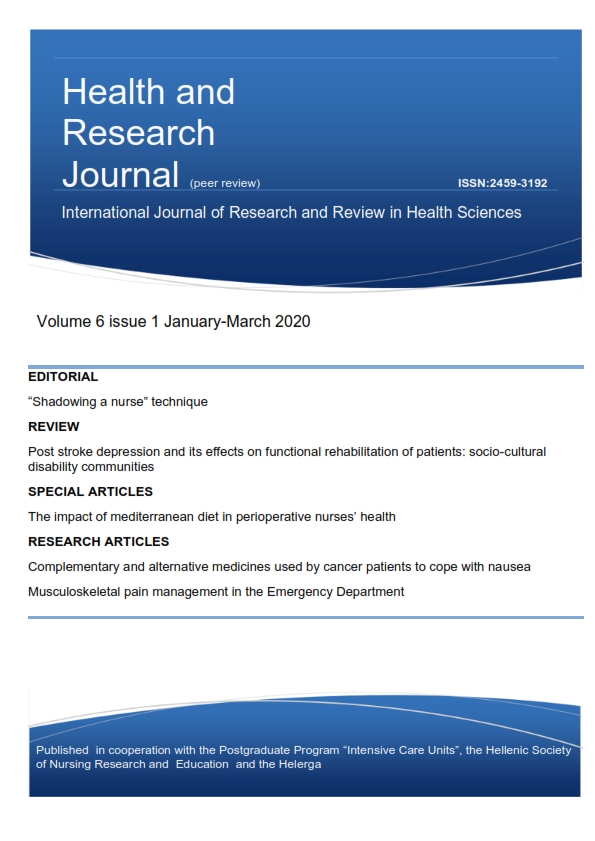Complementary and alternative medicines used by cancer patients to cope with nausea

Abstract
Background: Cancer is a common health problem in the world. Nausea is one of the most common symptoms in cancer patients. Cancer patients often apply to complementary and alternative medicines (CAM) in symptom management.
Aim: The aim of this study was to determine the CAM methods used by cancer patients to cope with nausea.
Material and Method: The study has a descriptive design and its data were collected in an adult oncology unit of a university hospital between July and September 2019. A total of 205 patients diagnosed with cancer for at least 6 months were included in the study. Data were collected by using the Individual Identification Form and Attitude Scale against Holistic Complementary Medicine. Data were analyzed with SPSS 25.0 package program. Written permission was obtained from the relevant ethics committee, hospital and participants to conduct the study.
Results: Sixty and a half percent of the subjects were female and the mean age was 50.64 ± 15.27. While 31.7% of the patients had information about CAM, the main source of information was the internet and social media (64.6%). It was found that 14.63% of the patients applied to a CAM to cope with nausea. The most commonly used method is phytotherapy with 86.67%. The total score environment of the Holistic Complementary Medicine Attitude Scale was 33.49 ± 4.63.
Conclusions: It was found that the rate of using CAM in coping with nausea in cancer patients was lower than other symptoms in the literature and the most commonly used method was phytotherapy. Patients' attitudes towards CAM were found to be positive.
Article Details
- How to Cite
-
Toygar, İsmail, Yeşilbalkan, Öznur U., Kürkütlü, M., & Temelli, A. (2020). Complementary and alternative medicines used by cancer patients to cope with nausea. Health & Research Journal, 6(1), 29–35. https://doi.org/10.12681/healthresj.23003
- Section
- Original Articles
Copyright notice:
The journal "Health and Research Journal" reserves the rights for copyright of the content of the website and also the copyright of the articles published.
By virtue of their appearance in this journal, the articles are free to be used for non-commercial purposes. However, the articles cannot and must not be used in anyway, published elsewhere or modified without any reference to the author and the first publication of the article.


